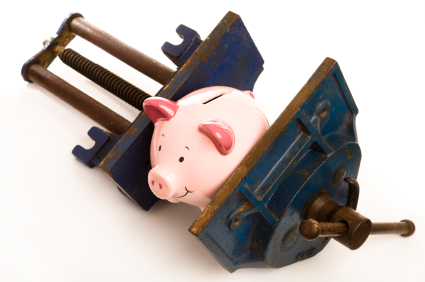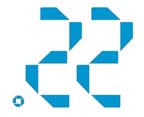New debit overdraft rules start!
F ederal Reserve rule E took effect yesterday (July 1st) for new account holders, and August 15th for existing account holders. Rule E directs banks to only enable overdraft protection for debit card purchases if customers specifically opt-in.
ederal Reserve rule E took effect yesterday (July 1st) for new account holders, and August 15th for existing account holders. Rule E directs banks to only enable overdraft protection for debit card purchases if customers specifically opt-in.
As we have previously reported, Chase trying very hard to convince customers to sign up for overdraft protection through letters and an advertising campaign, and have apparently signed up about 1/3 of their customers using their deliberately confusing and fear-based, like the following advertisement:
There are few things more embarrassing than standing in line with your purchases all bagged up and being told your card has been declined. Besides the embarrassment…
This is no deal for customers as a small purchase, which is often the cause of an overdraft, can cost a whole lot more when you tack on a $35 overdraft fee. This works out to be thousands of percentage points of interest for borrowing a little bit of money for a short time, and WAY higher than the fees charged by the heavily criticized payday lending industry.
A better option would be to apply for a small overdraft credit line to be attached to your checking account and is used whenever either a debit or check causes your account to go negative. I have personally done this for years, and the occasional checkbook balancing error which causes an overdraft costs me $7 for a draw from the line of credit, a much more reasonable fee.
Chase calls their new opt-in protection Chase Debit Card Overdraft Coverage, and you can find the details here. Their existing overdraft protection program still exists and is a much better deal, as it allows you to connect your checking account to a line of credit, savings account, or credit card for overdrafts, and it will only cost you $10 each day that overdrafts are covered this way.
Also somewhat alarming if you read the fine print, is the fact that overdraft protection doesn’t actually always “protect” you, as the fine-print specifies that Chase can choose not to cover an overdraft anytime they don’t want to. The fine-print also specifies that automatic payments may continue to be paid (and rack up an overdraft charge) when your account goes negative even if you have NOT opted-in to their program.


